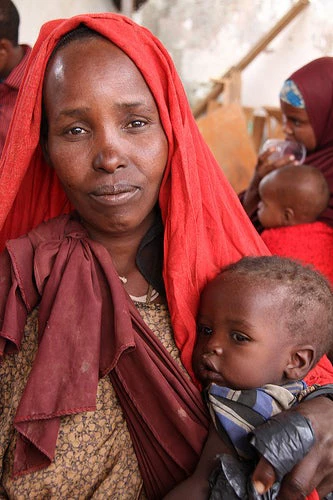
Despite lobbying, the bank went ahead and closed the accounts. Their argument was that they could not secure a government waiver or other legal relief which would protect them from violations of anti-money laundering and combating the financing of terrorism (AML/CFT) requirements and related sanctions. Due to the activities of terrorist groups in Somalia, Sunrise Community Bank considered the risk of being liable for financing of terrorism to be too high to maintain their remittances business to Somalia. While the US Treasury could not provide a blanket waiver or guarantee, they still responded to this concern by issuing the Treasury Notes blog, The Importance of Remittances through Legal Channels to Somalia. In the Notes, the Treasury clarified money laundering/terrorist financing risks associated with money transmitters and stated that the Treasury Department does not view money transmitters as posing as such a uniformly or unacceptably high money laundering/terrorist financing risk. The Notes also stated that banks have the flexibility to provide services to a wide range of money transmitters, even ones deemed high-risk, while remaining in compliance with the Bank Secrecy Act. This did not stop the bank from closing the accounts.
De-banking of money remitters’ accounts by US banks is a long-standing issue, particular after the September 11 terrorist attacks which revealed the use of remittance companies in terrorist financing. The US government has not been passive at all in front of such de-banking. As early as 2005, the US Treasury issued a statement to recognize the important role played by money remittance companies. It urged banks to make full use of the allowed risk-based approach in relation to money transfer companies’ accounts.1
While the main cause of the de-banking by the Sunrise Community Bank seemed to have more to do with Somalia than with the intermediary itself (i.e. “money remitter”), this challenge still brings us to ponder a broader discussion on money laundering and terrorist financing risks related to money remitters.
Within the Financial Action Task Force (FATF) - which sets international standards on AML/CFT, there is still a strong view that money remitters always pose a higher money laundering and terrorist financing risk than other financial institutions and service providers. In 2001, lots of countries and supervisors got a wake-up call on the lack of regulation and oversight on money remitters. But the situation has since dramatically changed. In the past 10 years, in response to that risky situation, many countries introduced new laws and regulations to govern the affairs of money remitters, requiring either a license or registration with a competent authority, subjecting them to AML/CFT requirements, and monitoring their services. Further, I and many other colleagues at the World Bank have undertaken many studies on typical customers of money remitters (i.e. migrant workers) and we found that remittances sent by these customers are usually small amounts of only $100-300 per transaction. There is no doubt that this is a low risk from the money laundering perspective. There is no consensus on whether these situations would be low risk from the terrorist financing perspective. What makes these discussions very difficult is that there is very little information on how terrorism financing works – and therefore little basis for meaningful risk-based approach in such context. Our concern is that the perception of terrorist financing risk associated with money remitters and their customers has not changed – even when facts would justify a revision.
Meanwhile, the unrealistic view that all money remitters are uniformly high-risk continues to persist. It is our view that remittances are not uniformly high risk and that such a uniform, one-size-fits all approach is actually counterproductive as it may push transfers underground or towards informal channels. The net result is likely to be higher risk scenarios - informal and underground channels would not allow the tracing of funds in the context of an investigation of these cases.
Going back to the case of Somali remittances, if money remitters are not banked and not able to provide remittance services to Somalia, the needs of Somali people will still be there, and there is little doubt that the funds will still get transferred. That money remitters in Minneapolis seem to have revived their business after a few weeks of suspended operations is telling. Whether they found a legitimate alternative method, or they resort to informal or even worse, an underground operation is the real question.
What can we do about restoring formal remittances to Somalia? Balancing financial integrity and financial inclusion is the key here. In order to avoid informal and underground transactions, it is important that people and businesses have access to regulated financial institutions. A practical solution ought to be found in relation to the terrorist financing concern for money remittances. What is important is a more focused, intelligence-led approach as opposed to a compliance-driven one. And that approach should be based upon real, demonstrated risk rather than mere hypothetical risk. Further, receiving countries should build their AML/CFT regimes, as risk aversion by financial institutions in the sending countries stems in part from the real or perceived weaknesses of AML/CFT regimes in the recipient countries.
1In 2005, Treasury’s Financial Crimes Enforcement Network (FinCEN) and the Federal Banking Agencies issued a joint statement.


Join the Conversation